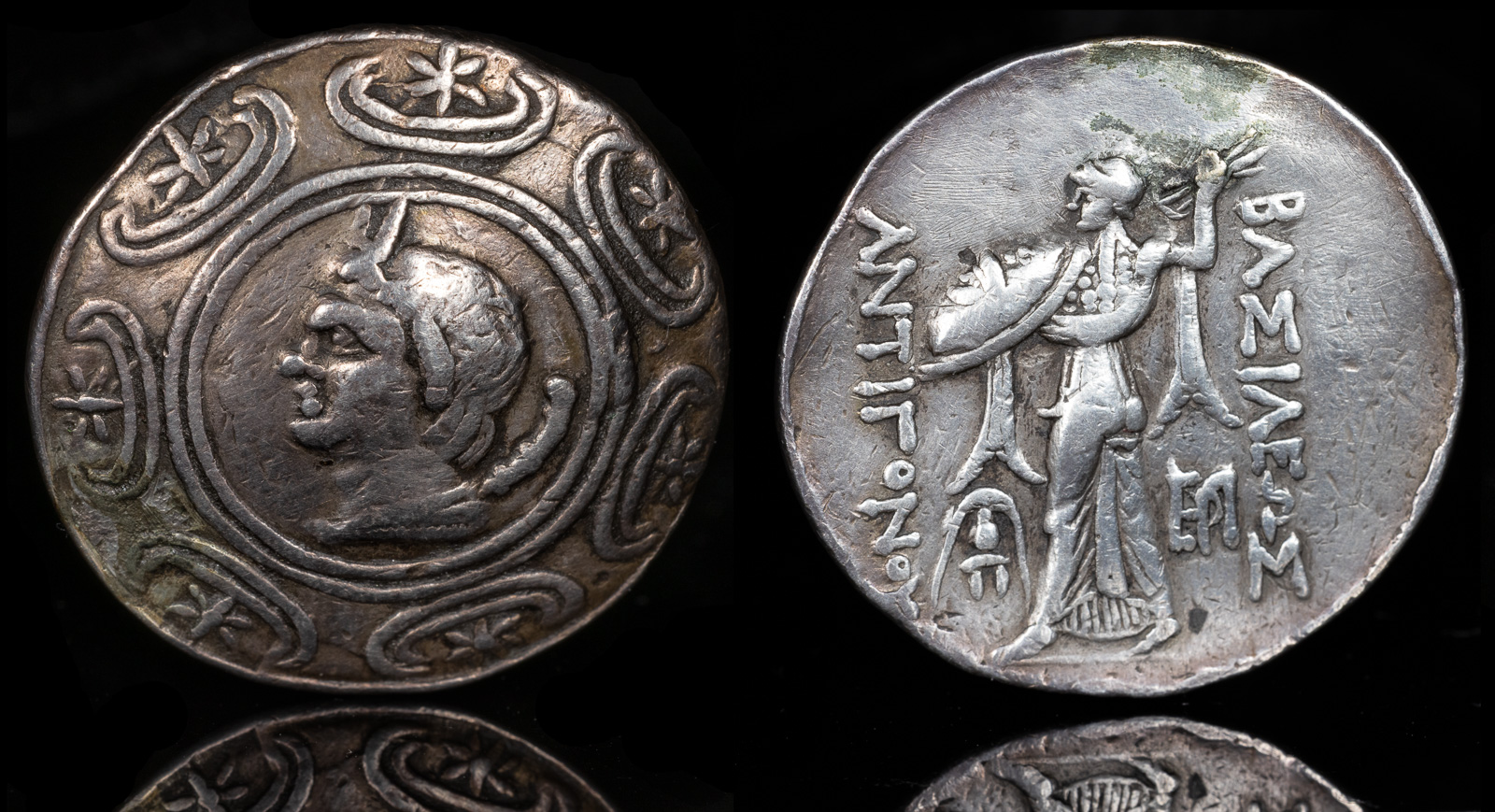Shield
View All Tags
The most iconic and widely used shield in ancient Greece was the hoplon, also known as the aspis. This round shield, typically about 3 feet in diameter, was made of wood and covered with a layer of bronze for additional protection. The hoplon featured a central boss (a raised, often circular projection) that was designed to deflect blows and to serve as a grip. The shield’s distinctive feature was its heavy weight, which made it a formidable piece of armor for close combat. The hoplon was designed to be carried on the left arm, allowing the right hand to wield a spear or sword. This shield played a central role in the famous Greek phalanx formation, where soldiers stood side by side, interlocking their shields to create a nearly impenetrable defense.
The aspis, though often used interchangeably with the hoplon, can refer more specifically to the shape and construction of the shield, which had a slightly deeper curve than the hoplon, offering greater protection to the soldier’s body. The aspis was typically large and circular, made of layers of wood for durability, and it was also sometimes reinforced with bronze or iron edging. As the backbone of Greek heavy infantry, it allowed soldiers to form the tight, overlapping shield walls essential to the success of the phalanx formation in battles like those at Marathon and Plataea.
Another important shield in ancient Greece was the thyreos, which was used by light infantry and often associated with the peltasts, who were lightly armed soldiers. Unlike the hoplon, the thyreos was rectangular and had a curved shape. It was generally lighter and smaller, making it more suitable for fast-moving troops who relied on agility rather than heavy armor. The thyreos was made of leather or light wood and was often reinforced with bronze. This shield was designed to be carried with a strap over the shoulder, allowing for greater maneuverability in battle and in skirmishes, where peltasts would fight at a distance and retreat quickly.
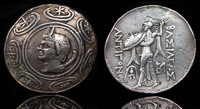
Antigonos II Gonatas 277-239 BCE
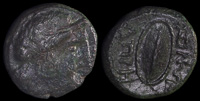
Apros, Thrace 260-250 BCE
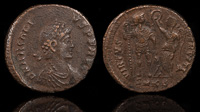
Arcadius 395-401 CE
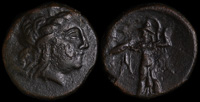
Argos, Argolis 280-260 BCE
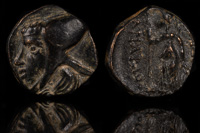
Ariarathes IV 220-163 BCE
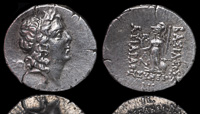
Ariarathes IX Eusebes 88/7 BCE
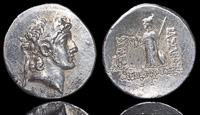
Ariarathes VI Epiphanes 118/7 BCE
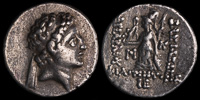
Ariarathes VII 104/3 BCE

Ariarathes X 42-36 BCE

Ariobarzanes II 63-52 BCE
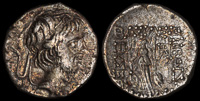
Ariobarzanes III 52-42 BCE
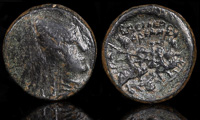
Arsames I 240 BCE
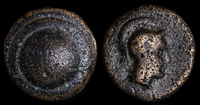
Asia Minor. Uncertain. 250 BCE
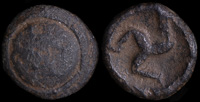
Aspendos, Pamphylia 4th-3rd c. BCE
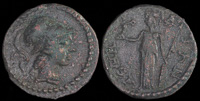
Athens 140-175 CE

Athens, Attica 264-267 CE
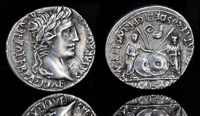
Augustus 27 BCE – 14 CE

Barata, Lykaonia 244-249 CE
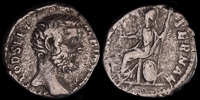
Clodius Albinus 193-195 CE
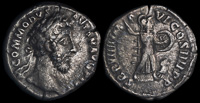
Commodus 180-192 CE
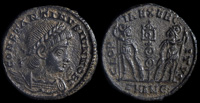
Constantine II 317-337 CE
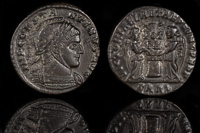
Constantine the Great 319 CE

Crispus 322-323 CE
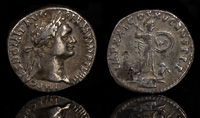
Domitian 90 CE
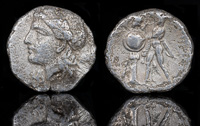
Dyonysios Herakleia Pontika 337-305 BCE
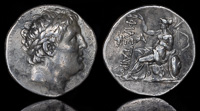
Eumenes I 255-241 BCE
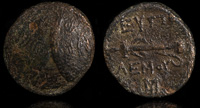
Eupolemos 295-280 BCE
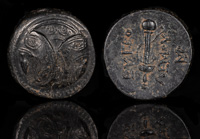
Eupolemos 295-280 BCE
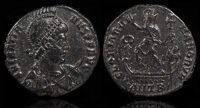
Gratian 379 CE
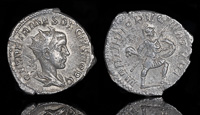
Herennius Etruscus 250-251 CE

Julian II The Apostate 361-363 CE
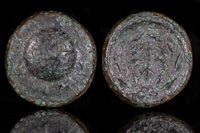
Kleopatra of Macedon 360-325 BCE
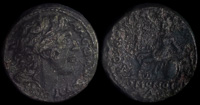
Koinon of Macedon 222-235 CE
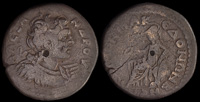
Koinon of Macedon 222-235 CE

Koinon of Macedon 222-235 CE
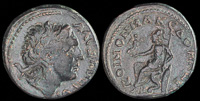
Koinon of Macedon 222-235 CE
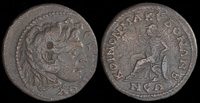
Koinon of Macedon 231-235 CE

Koinon of Macedon 238-244 CE
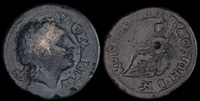
Koinon of Macedon 238-244 CE
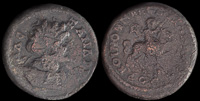
Koinon of Macedon 244-249 CE
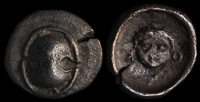
Koroneia, Boeotia 400-350 BCE

Koronta, Akarnania 300-250 BCE

Kyparissia, Messenia 193-211 CE
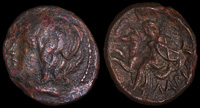
Larissa Kremaste 302-286 BCE
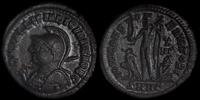
Licinius II 321-324 CE
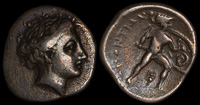
Lokris Opuntti 369-338 BCE
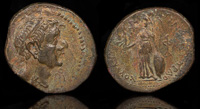
Lysanias 40-36 BCE
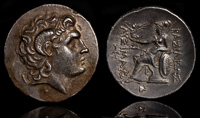
Lysimachos 287-281 BCE

Macedonian Interregnum 288-277 BCE
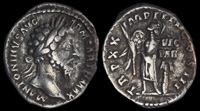
Marcus Aurelius 166 CE
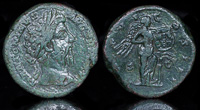
Marcus Aurelius 172 CE
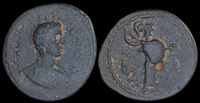
Megara, Megaris 198-209 CE
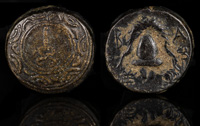
Menander/Kleitos (White) 323-319 BCE
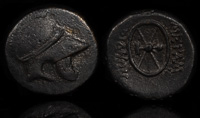
Mesembria, Thrace 3rd century BCE
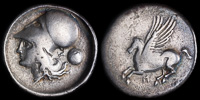
Metropolis, Akarnania 300-250 BCE

Miletos 320 BCE

Mykalessos, Boeotia 400-375 BCE

Nikokreon of Salamis 323-317 BCE
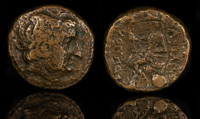
Nikomedes I 280-250 BCE
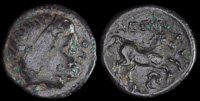
Orchomenos(?) 336-323 BCE

Orchomenos, Arkadia 350-300 BCE
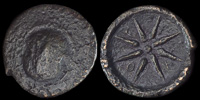
Orchomenos, Boeotia 371-364 BCE

Orchomenos, Boeotia 395-364 BCE
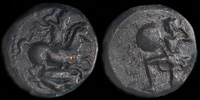
Pelinna, Thessaly 425-350 BCE
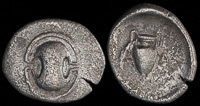
Pharai, Boeotia ca 4th century BCE
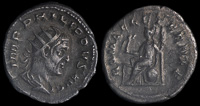
Philip I 247-249 CE
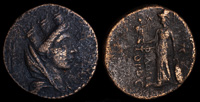
Philopator 20 BCE – 17 CE
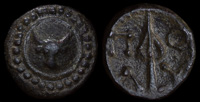
Polyrhenion, Crete 330-280 BCE
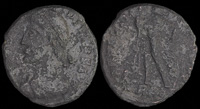
Procopius 365-366 CE
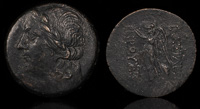
Prusias I 230-182 BCE

Pylos, Messenia 193-217 CE
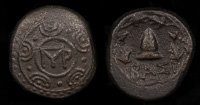
Pyrrhos 287-285 BCE or 274-273 BCE
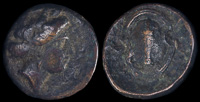
Salamis, Attica 350-318 BCE

Salamis, Islands off Attica 339-318 BCE
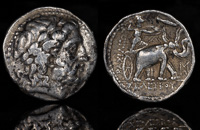
Seleukos I Nikator 296-281 BCE
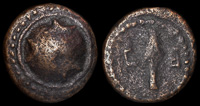
Selge, Pisidia 300-119 BCE

Skarpheia, Lokris 400-338 BCE
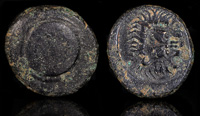
Stasioikos II of Marion 330-312 BCE
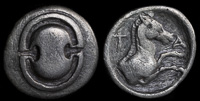
Tanagra, Boeotia 4th century BCE
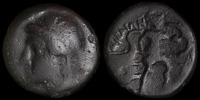
Thebai, Thessaly 302-286 BCE
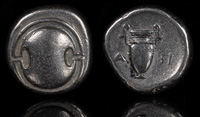
Thebes 368-364 BCE
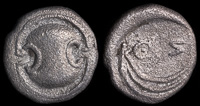
Thespiai, Boeotia 390-350 BCE
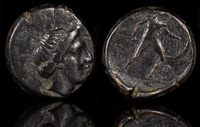
Trikka, Thessaly 400-300 BCE
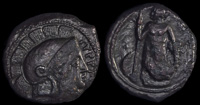
Tyrrhenoi, Sicily 354-336 BCE
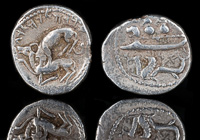
Urimilk III of Byblos 333 BCE
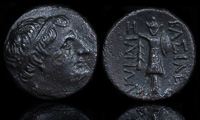
Ziailas 250-230 BCE
